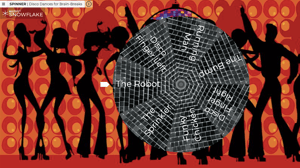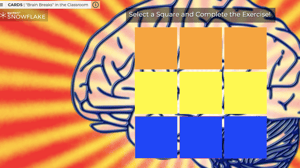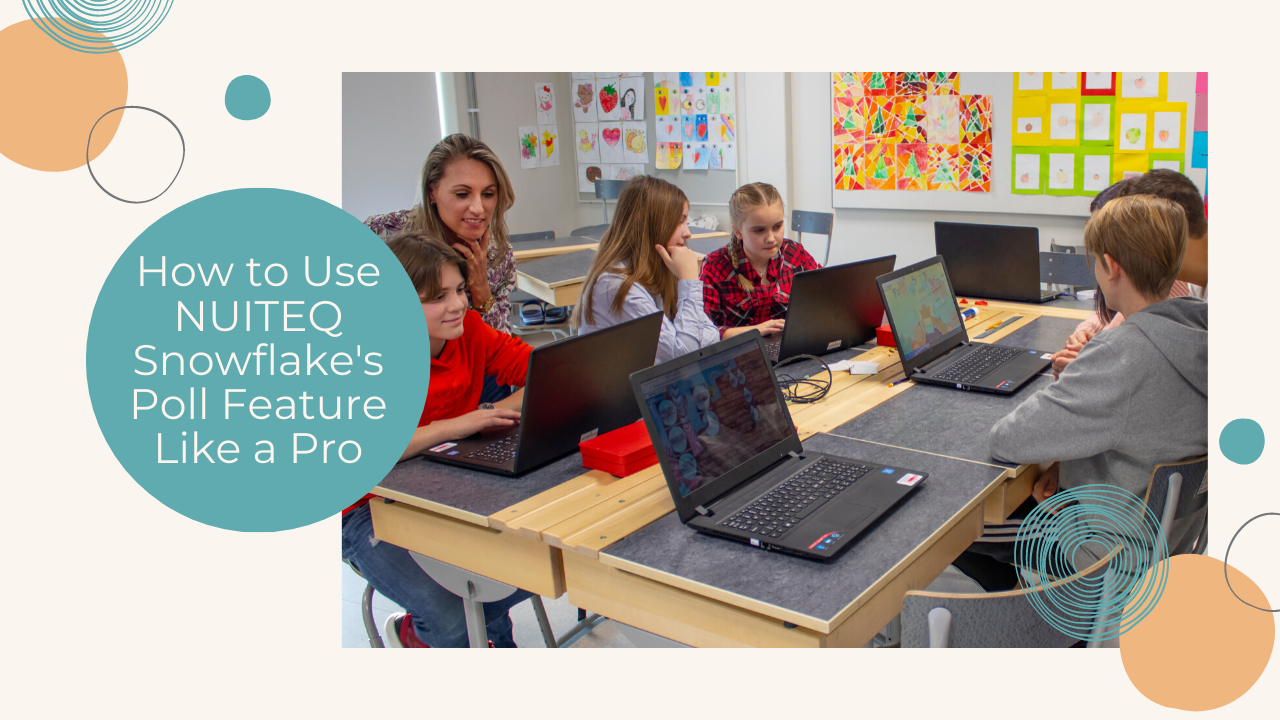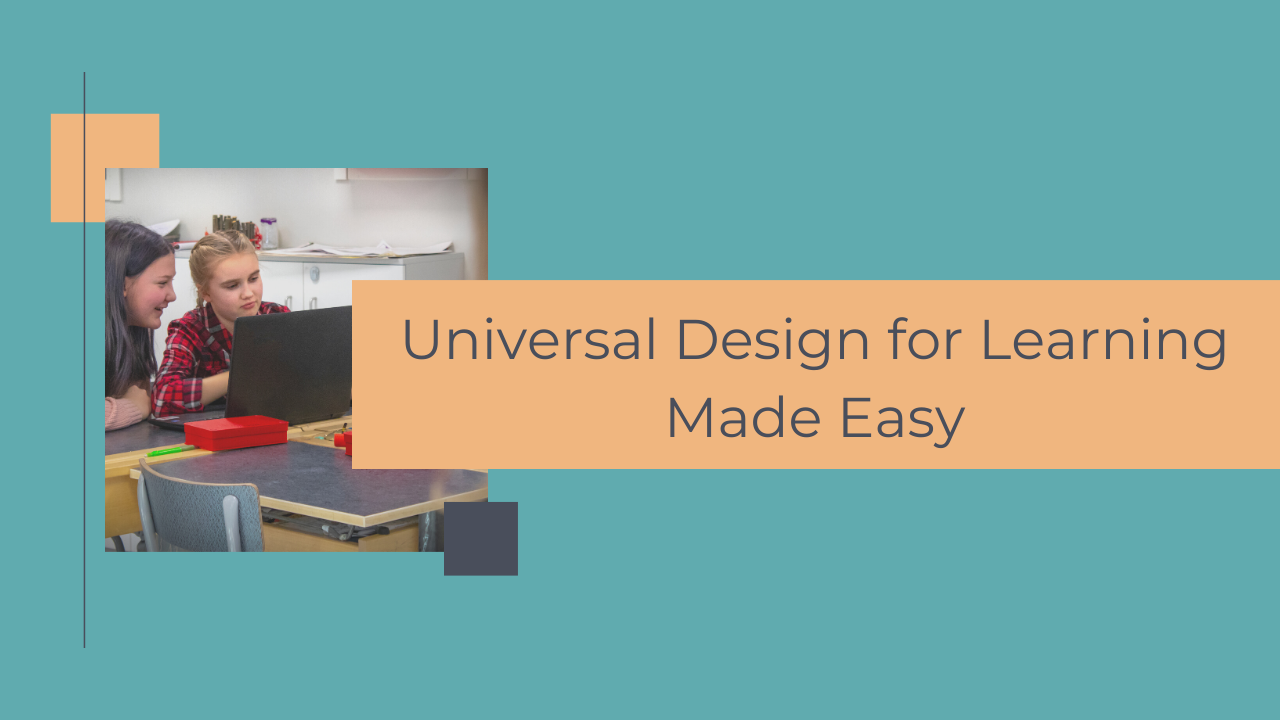NUITEQ Snowflake is an award-winning educational technology software platform that supports remote learning and facilitates student engagement and collaboration also in the classroom. When using NUITEQ Snowflake, you get access to lesson activities that are standards-aligned and editable. These lesson activities are great for reducing lesson planning time and allowing teachers to personalize their lesson plan to meet the varying learning needs, strengths, and interests of students.
Having access to ready-made activities is one way to boost student engagement and to offer variety in both teaching and learning; as are brain breaks. If you’re scratching your head wondering what are brain breaks, we’ve got you covered.
What are brain breaks?
Scientifically speaking, when the amygdala is at full capacity and has reached information overload and the student cannot retain new information, brain breaks allow for the restoration of neurotransmitters and facilitates brain recovery. Since our brains have a finite amount of neurotransmitters, it is important to allow one area of the brain to rest and recover while a second area is active and working. This ensures that not all areas of the brain become depleted, and as a result, information is retained and stored.
In more simple terms, brain breaks are intentional learning shifts that give the brain the opportunity to revitalize itself; it’s a chance to reestablish the flow of traffic or in this case, information, in order for it to reach its intended destination. Brain breaks allow students to switch between different brain networks, allowing the resting pathway to revitalize itself and to refocus, which leads to the brain achieving memory retention once rested. In other words, brain breaks are exercises designed to quiet the mind. These breaks have been proven to improve our thinking practices and cultivate learning in all forms.
How do they work?
It may not come as a surprise that students learn at different paces and in different ways. But one overarching theme in learning that connects all students of varying levels is the need for brain breaks. Simply put, for students to reach their full potential, their brains need to send sensory receptor signals to where the brain stores memories. These sensory receptors are what students see, hear, touch, smell and taste. These sensory receptors are specialized cells that respond to both physical and chemical stimuli.
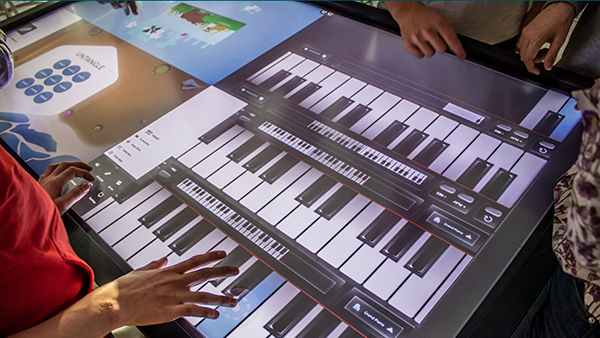
Just like a real life traffic jam, when there is information overload and students’ brains are overwhelmed, the brain doesn’t retain the information it receives. When these information pathways are stressed or overloaded, they become blocked and the knowledge doesn’t get stored the way it is meant to. New information cannot reach the prefrontal cortex as the amygdala has reached its maximum capacity and cannot properly sustain memory or knowledge.
These short breaks refresh students’ thinking mechanism and allows them their brains to rest and destress. During these scheduled breaks, the brain moves away from learning, memorizing and problem solving. Brain breaks allow students to regulate their emotions and ready themselves for the next wave of information.
What are examples of brain breaks?
Brain breaks can appear in many different forms and should take place before students become overly distracted, fatigued or bored. Typically, concentrated continued study of 10 to 15 minutes with younger students and 20 to 30 minutes for older, middle school students calls for short three to five minute brain breaks.
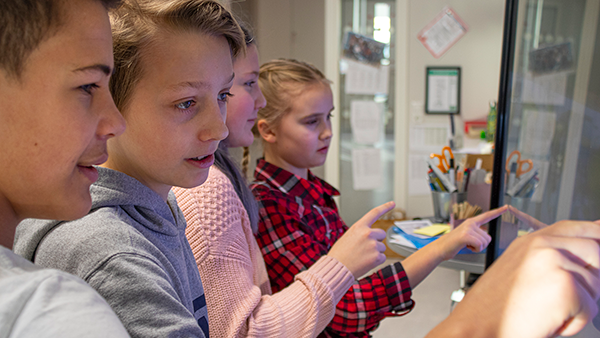
Brain breaks are fun and engaging mood boosters that increase dopamine levels and oxygen flow through the use of activities. NUITEQ Snowflake lesson activities can be used as brain breaks as they are ready-made and editable which allows them to be personalized to fit into existing lesson plans. During these brain breaks, students don’t even realize they’re still learning which is precisely why brain breaks are essential in fostering learning.
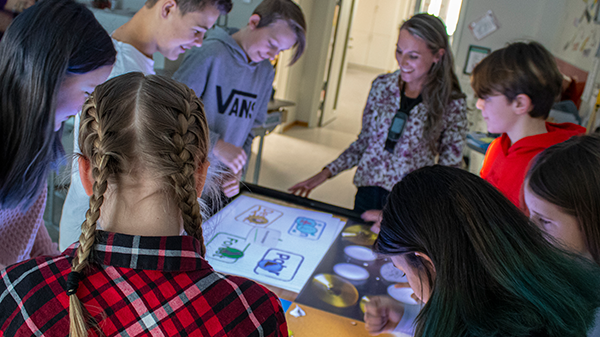
Other times, brain breaks can be used to re-energize students if they are about to fall asleep, for instance. Whether a Cards lesson activity or a more physical Spinner activity, the key here is to encourage students to move and work collaboratively. Since movement is critical to learning, NUITEQ Snowflake lesson activities encourage students to work in small groups, allowing their brains to rest and revitalize themselves in order to reach their full learning potential. NUITEQ’s Global Content Department created a series of lesson activities that can be used as brain breaks. Here are two for you to try:
Looking to use brain breaks in your next lesson plan? Try NUITEQ Snowflake and gain access to the NUITEQ Snowflake lesson activities for FREE on Snowflake.live.

 3-in-1 Mic
3-in-1 Mic
